SUMMARY
This is AI generated summarization, which may have errors. For context, always refer to the full article.
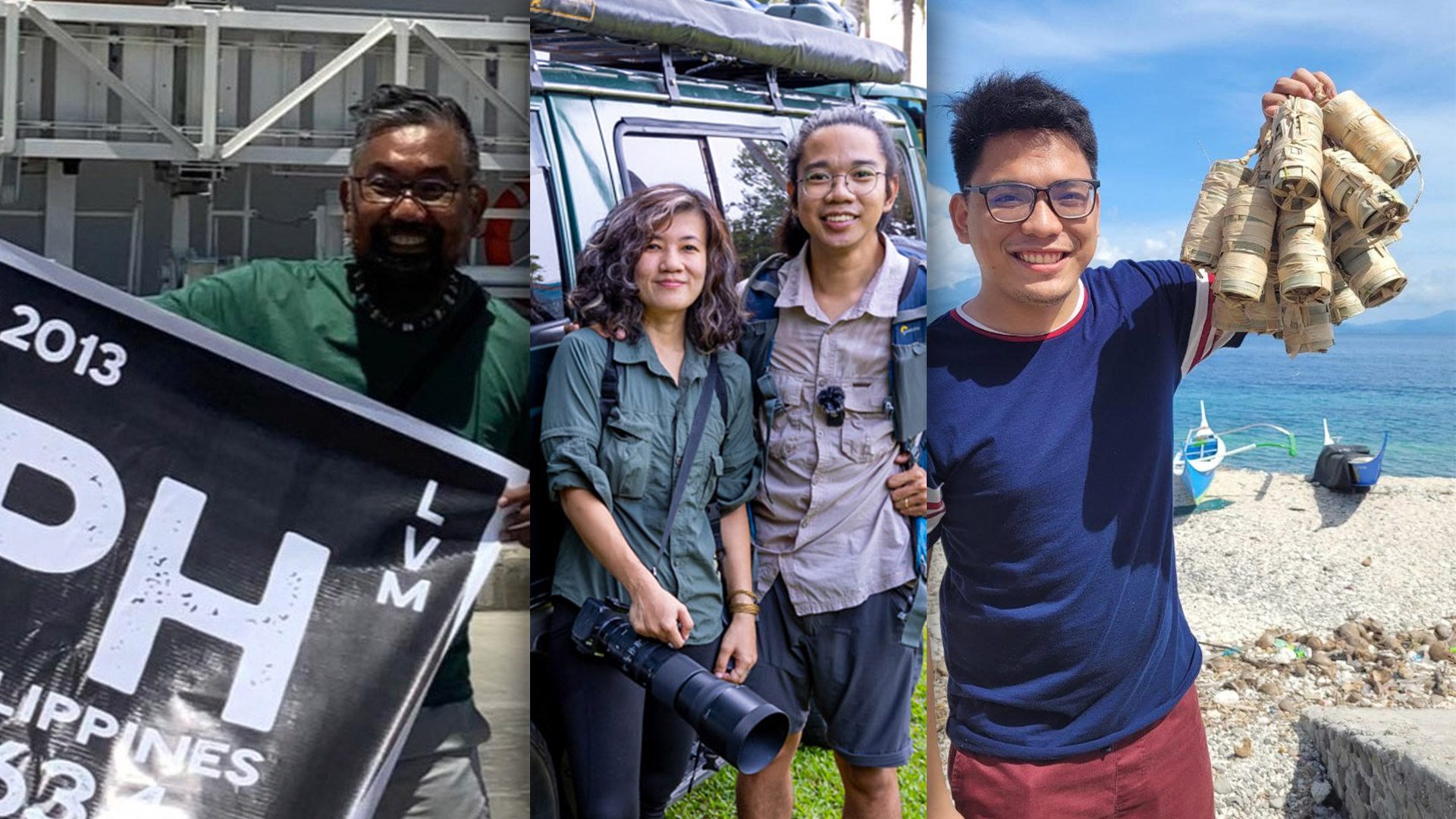
Do you have a passion or advocacy calling you to explore places? Are you dreaming of traveling more, or even making adventure your lifestyle? Or, do you simply want to go to beautiful destinations that are calling you this 2024? Be inspired by these travelers who dared to set off on their own big unique adventures.
Celine and Dennis Murillo, traveling via camper van and telling Philippine wildlife and landscape stories
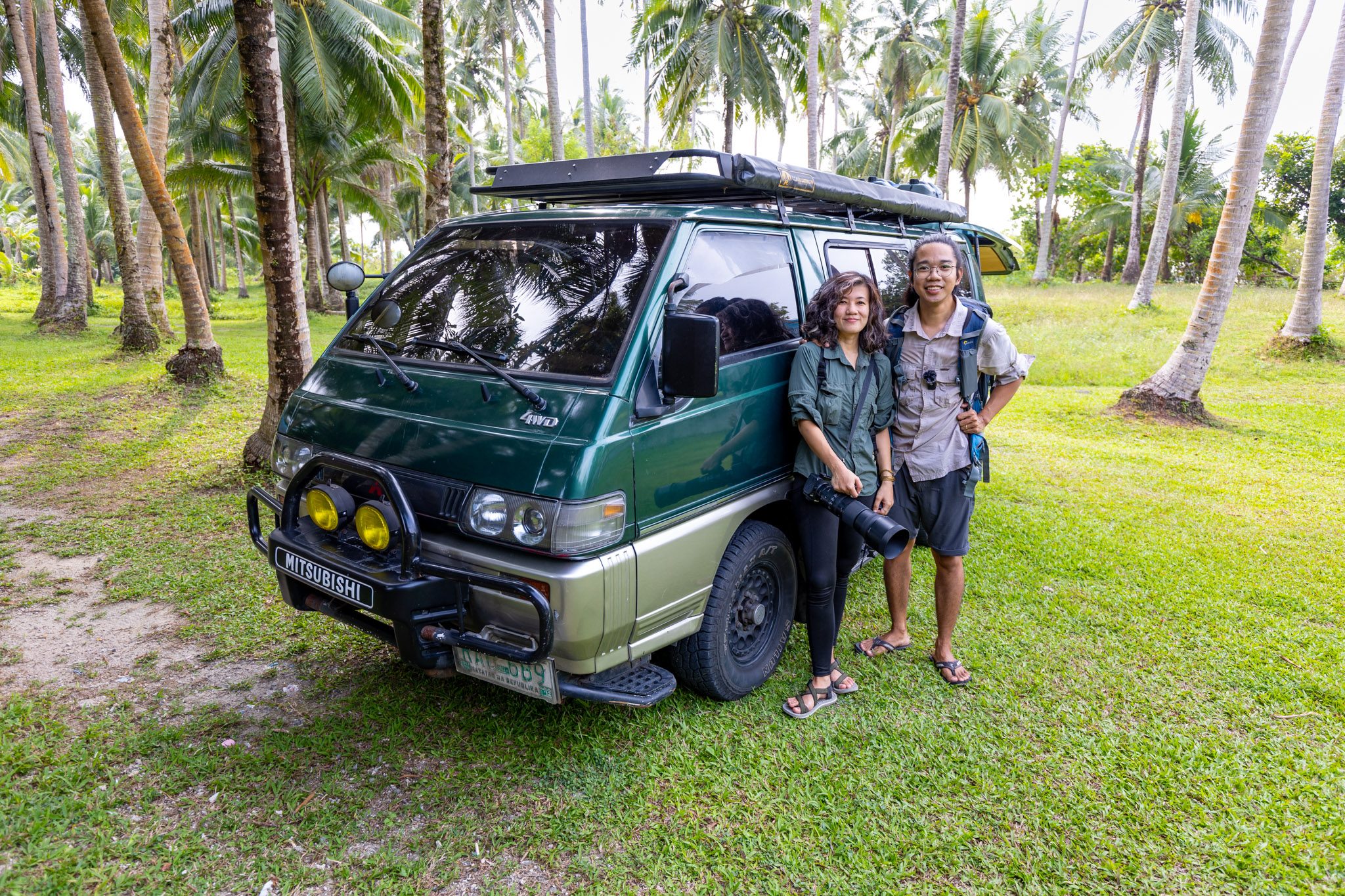
Husband and wife tandem Celine and Dennis Murillo are on a mission to show fellow Filipinos the beauty and wealth of the Philippines’ rich biodiversity as they travel around the country in their camper van, which they fondly call Eli.
Through their information videos and photography on their YouTube channel and individual social media platforms, they are bringing awareness to the country’s native trees, endangered wildlife, protected landscapes, and more.
“It’s disheartening that the majority of Filipinos would recognize a cherry blossom but not a salinggogon or a balai-lamok. That they would know what a giraffe or a panda is, but not a tamaraw or a binturon,” Celine said. “Hopefully, they get to share in the wonder of our discoveries as we travel around the Philippines, prompt them to re-connect with the natural world, and advocate for ways of living that are more compassionate and in harmony with the rest of the planet.”
The two had long been into adventure and storytelling. Celine kept a personal travel blog and contributed travel articles to different publications as a freelancer, while Dennis took travel photos as a serious hobbyist in his free time from his full-time job.
However, as the pair traveled more, they felt the call to dive deeper into the Philippines’ rich wildlife, mountains, and other diverse landscapes. During the COVID lockdown, the two converted a pre-loved van into a camper one. As pandemic restrictions eased, they packed their belongings and drove off to Sorsogon, the hometown of Celine’s mother, before crossing via RORO to Visayas then to Mindanao.
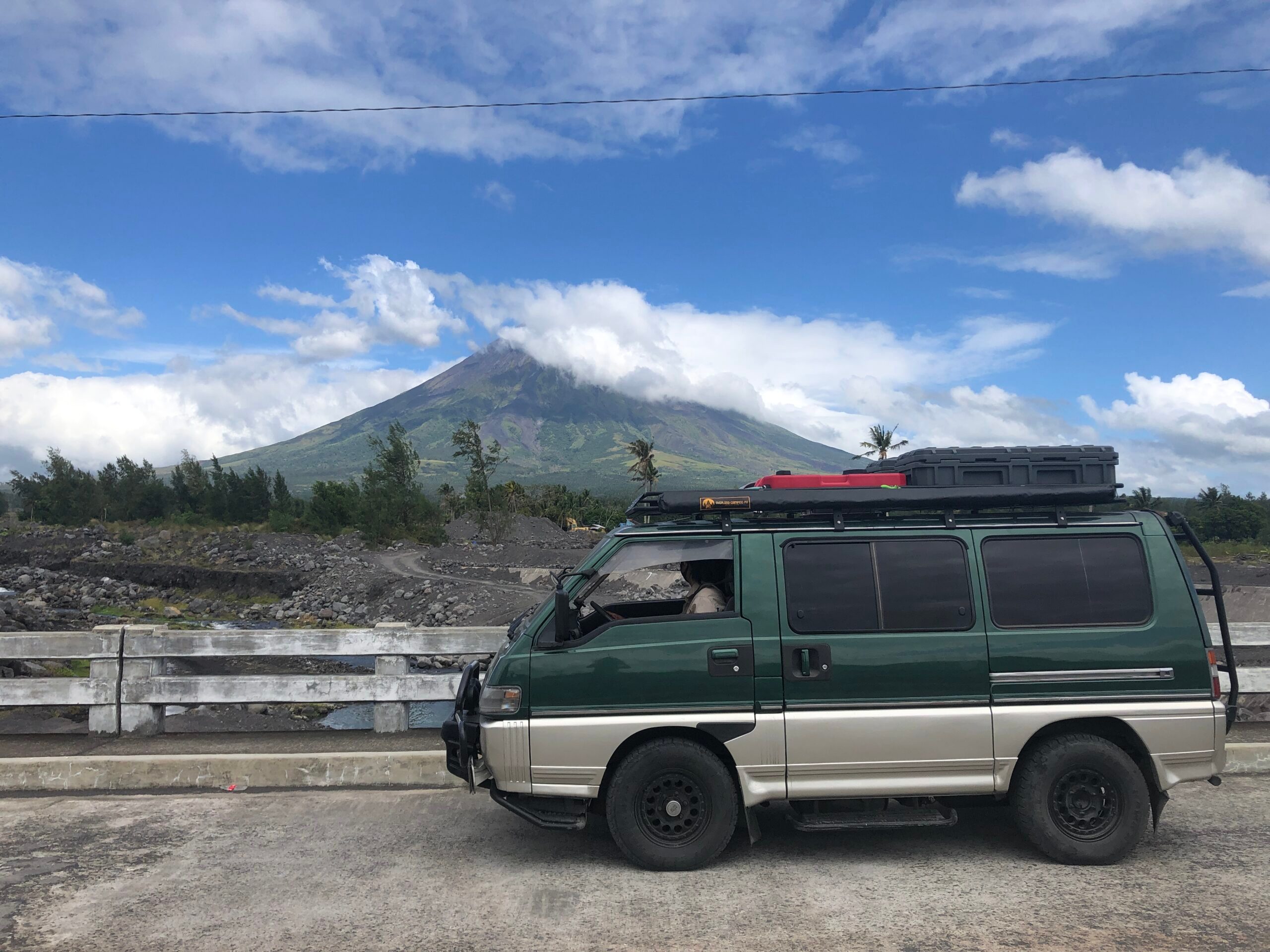
“We wanted to document wildlife, wild places, and the intertwining of nature and culture, and to do this meaningfully, this requires staying in a place for long periods. A camper van allows us to do that,” the couple said. They added that “getting to know a place’s bio- and cultural biodiversity is more fulfilling for us.”
Immersing in particular places helped them have memorable experiences, like seeing and photographing the Philippine eagle: “It took us two months of tracking the fledgling before we were finally able to see it.”
These moments are bittersweet, as the couple is painfully aware that “each encounter is always complicated because along with the wonder and awe, is the grief and sorrow that comes from knowing all of it could be lost if we remain unaware of the treasures of our forests.”

This understanding fuels them to keep on with their advocacy on biodiversity and conservation awareness. To fund this work, they also enter contests and apply for related grants, an example being the Young ASEAN Storyteller grant. Celine, with Dennis’ help, did creative narrative videos and other content on Bukidnon’s Mt. Kitanglad, an ASEAN Heritage Park where endangered species like the Philippine eagle live and where indigenous communities live in harmony with nature.
In addition, the kindness of strangers encourages the couple to keep traveling via camper van.
“When our van broke down, we realized that there are many people ready to help us even though they don’t know us,” Dennis said.
Follow Celine and Dennis’ adventures on their YouTube channel.
John Sherwin Felix, documenting Philippine food biodiversity and heritage ingredients
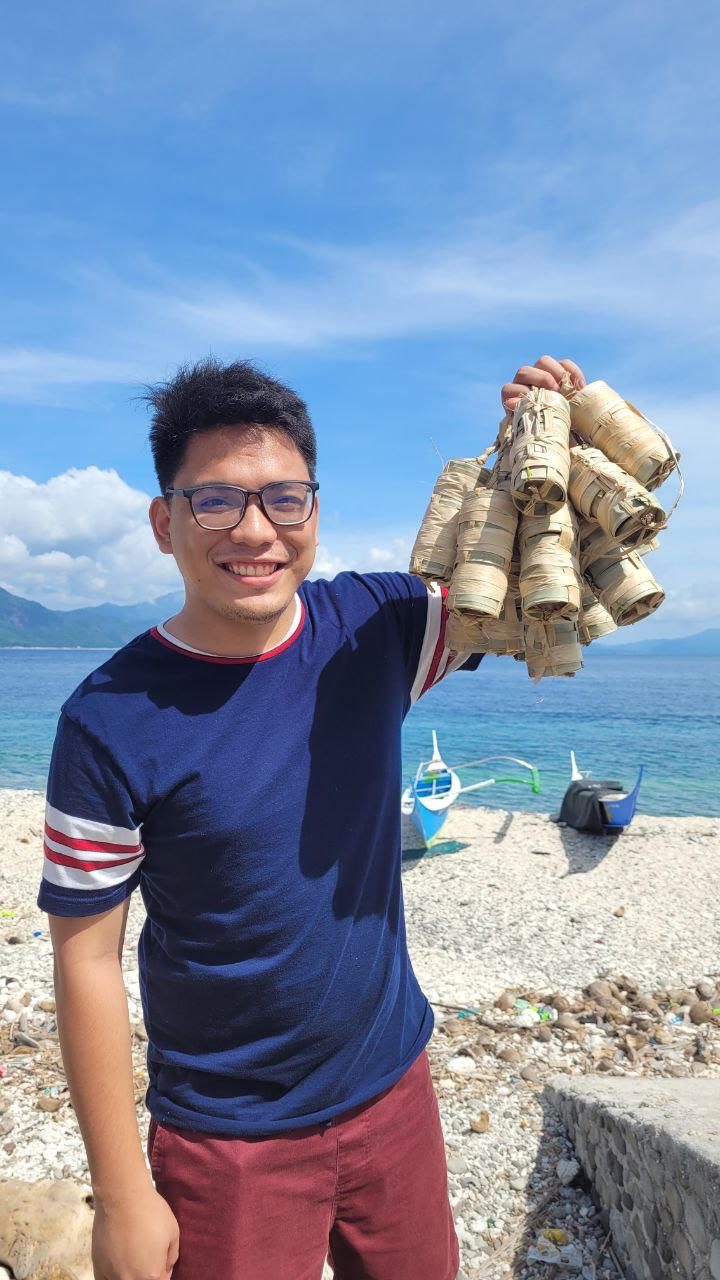
If you chance upon a unique and interesting Philippine ingredient or food in your Facebook feed, there is a chance that Philippine food heritage advocate John Sherwin Felix is the one behind it, or at least the one who first posted about it on social media. Sherwin’s Facebook post on asin tibuok was in fact the first viral post on this labor-intensive, artisanal salt. His write-up helped generate new interest in the salt’s dying tradition in Albuquerque, Bohol.
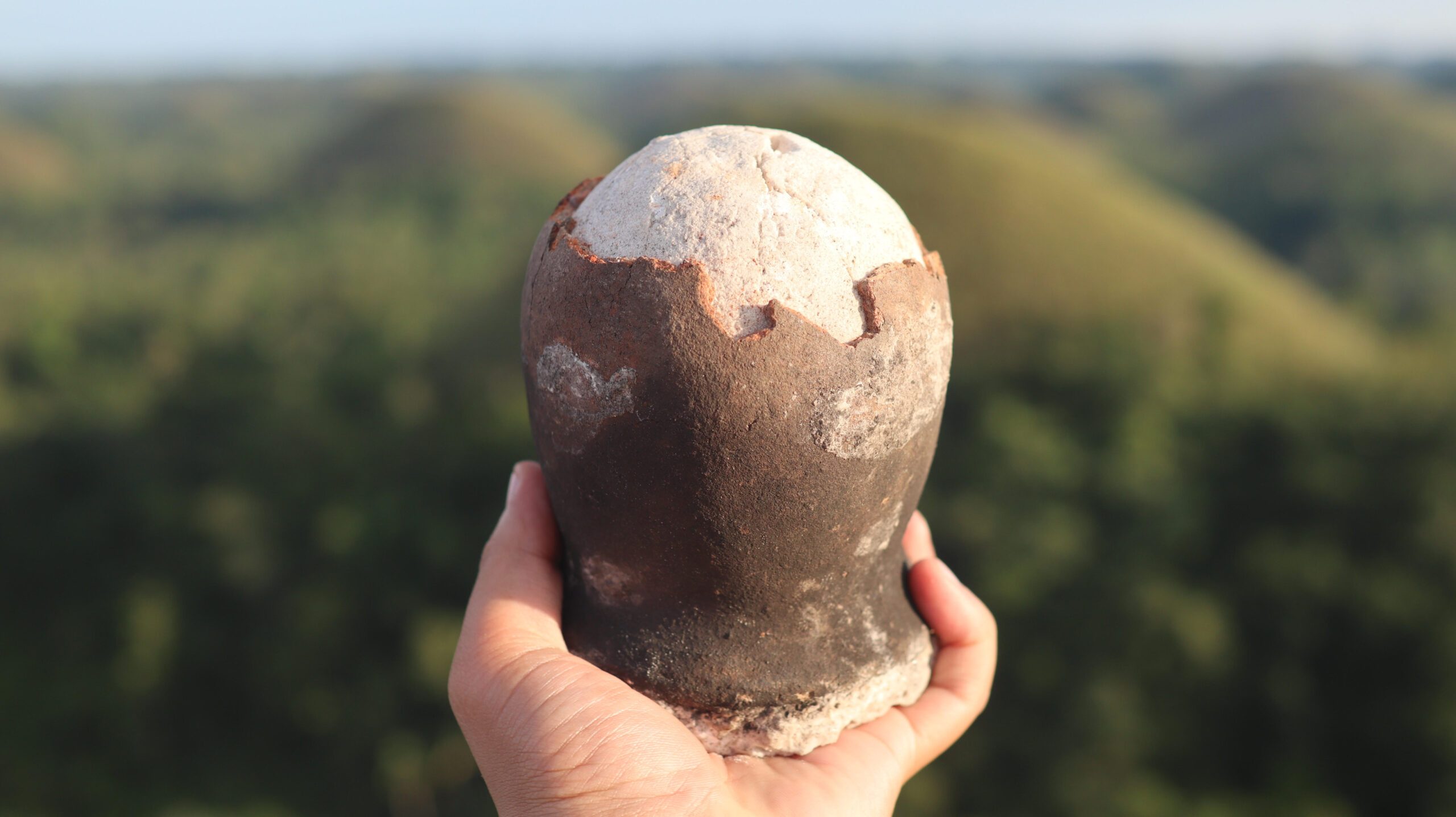
Sherwin travels around the Philippines to document native and introduced fruits, vegetables, herbs, edible plants, and food prepared from these ingredients. He is especially keen on researching ingredients that are not well-known. He visits public markets, talks to locals, verifies his information, takes photos, and creates social media posts that pique the interest even of those unfamiliar with his advocacy.
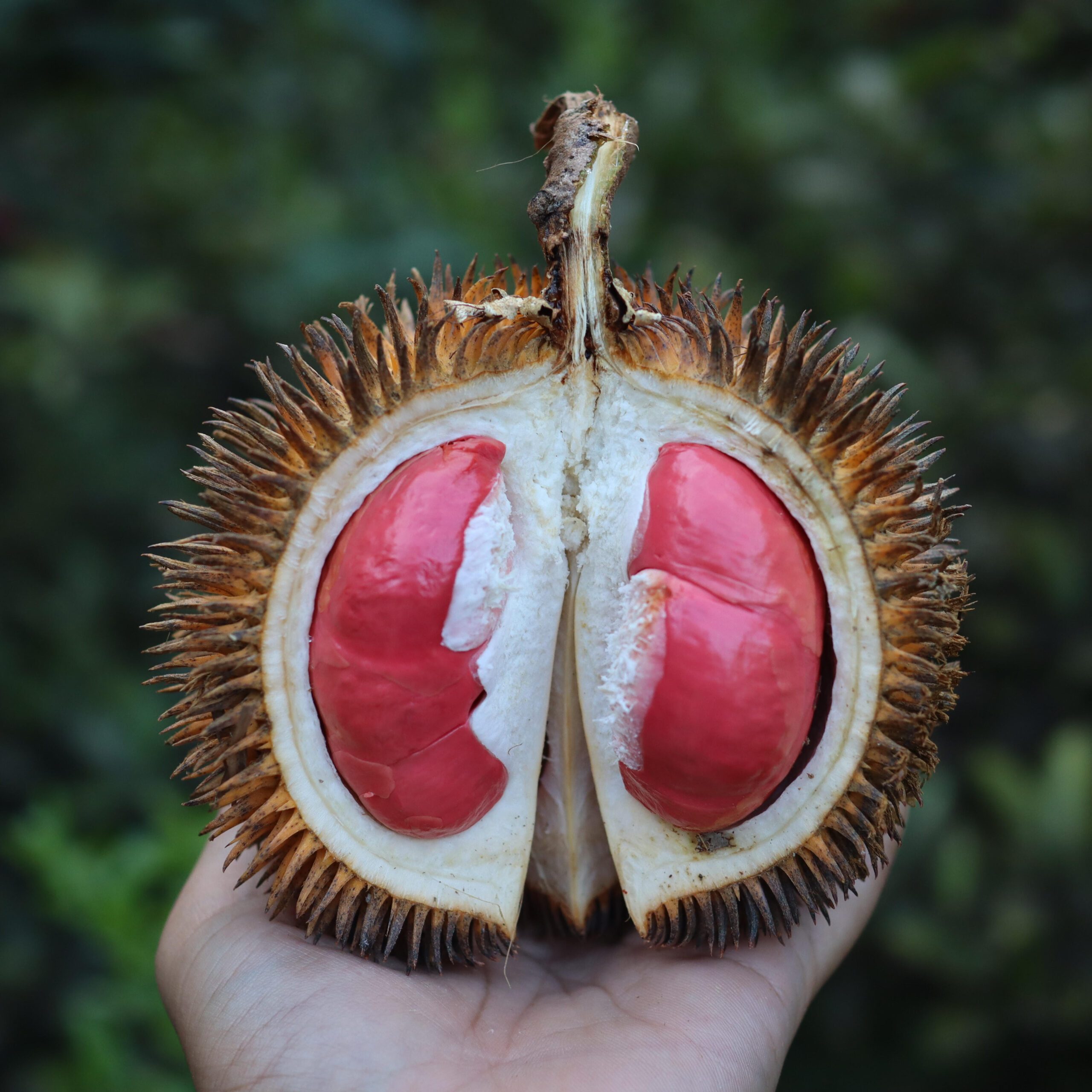
Sherwin said his love for food began when he was a child, as he grew up in a home where everyone cooked.
“That love for food transformed into a passion for documenting and researching heritage food and ingredients, particularly during the pandemic,” he said. He noticed that online, most discussions focused only on “basic Philippine ingredients like vinegar, kalamansi, patis, etc.”
Sherwin began to explore more ingredients starting from the public market in Mindoro, his family’s home. As COVID restrictions eased, he started documenting many “unheard of” ingredients and sharing them in his personal account. Eventually, he started Lokalpedia, a visual archive of local, heirloom, underutilized, endangered, and artisanal Philippine ingredients.
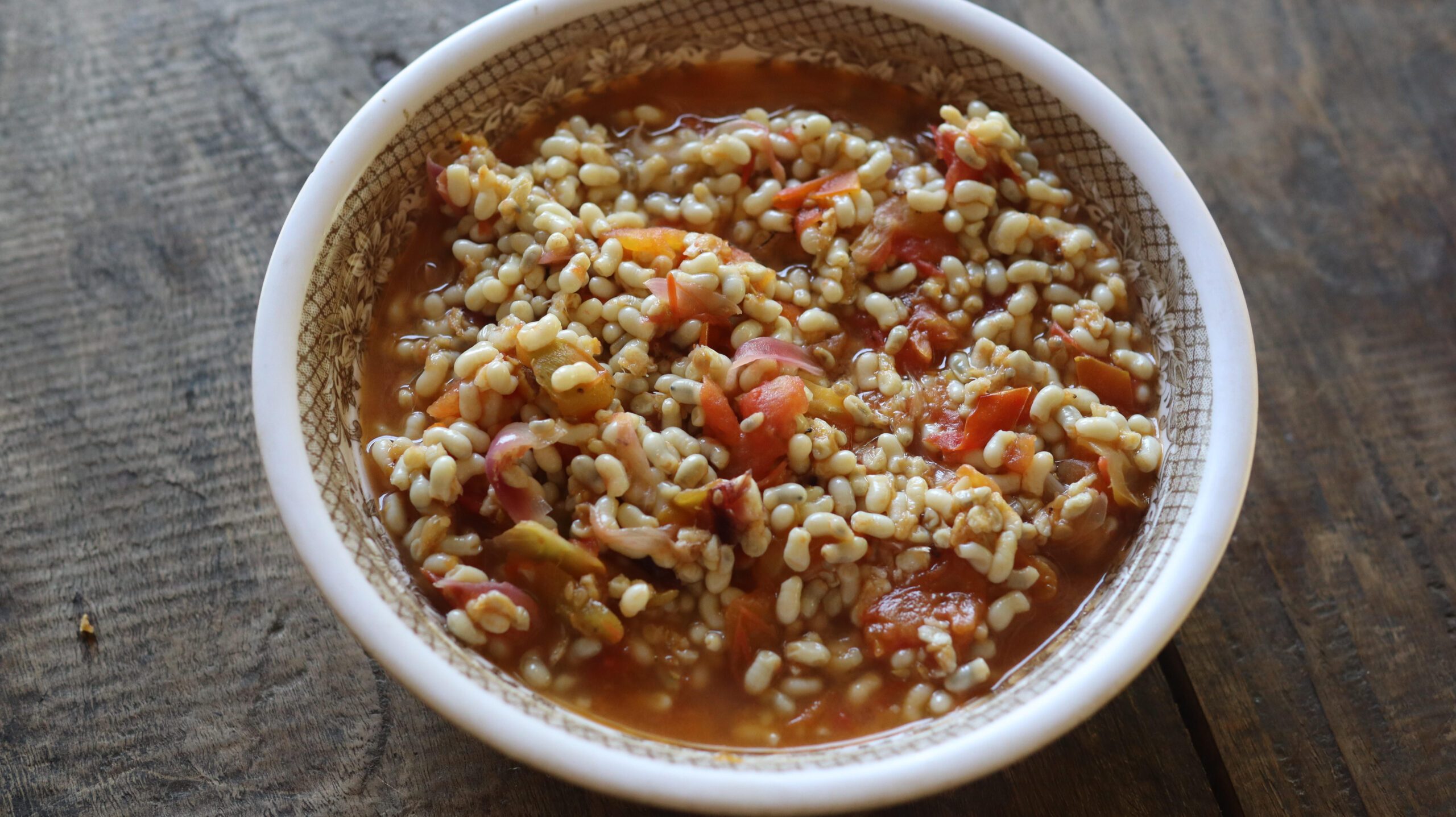
“I told myself that I don’t want to create the typical content that usually sensationalizes and exoticizes our food,” Sherwin said. “I want to create an online resource that is accessible, honest, and reflects the on-ground experience of the locals.”
Sherwin has been praised online for his dedication and thoroughness in his content. He has also been invited to talk about food heritage in schools and in food-related events.
In 2022, Sherwin quit his public relations job to focus on his advocacy.
“Diving into communities, chatting with locals, and trying new food just made me happy and fulfilled. So, I ditched my 9-to-5 and became a full-time wanderer,” he said. “But now I can say there can be a career in this because recently, I got some paid talks/presentations and a small cultural and biodiversity mapping project with an NGO. The paychecks aren’t as fat, but the joy I get is off the charts.”
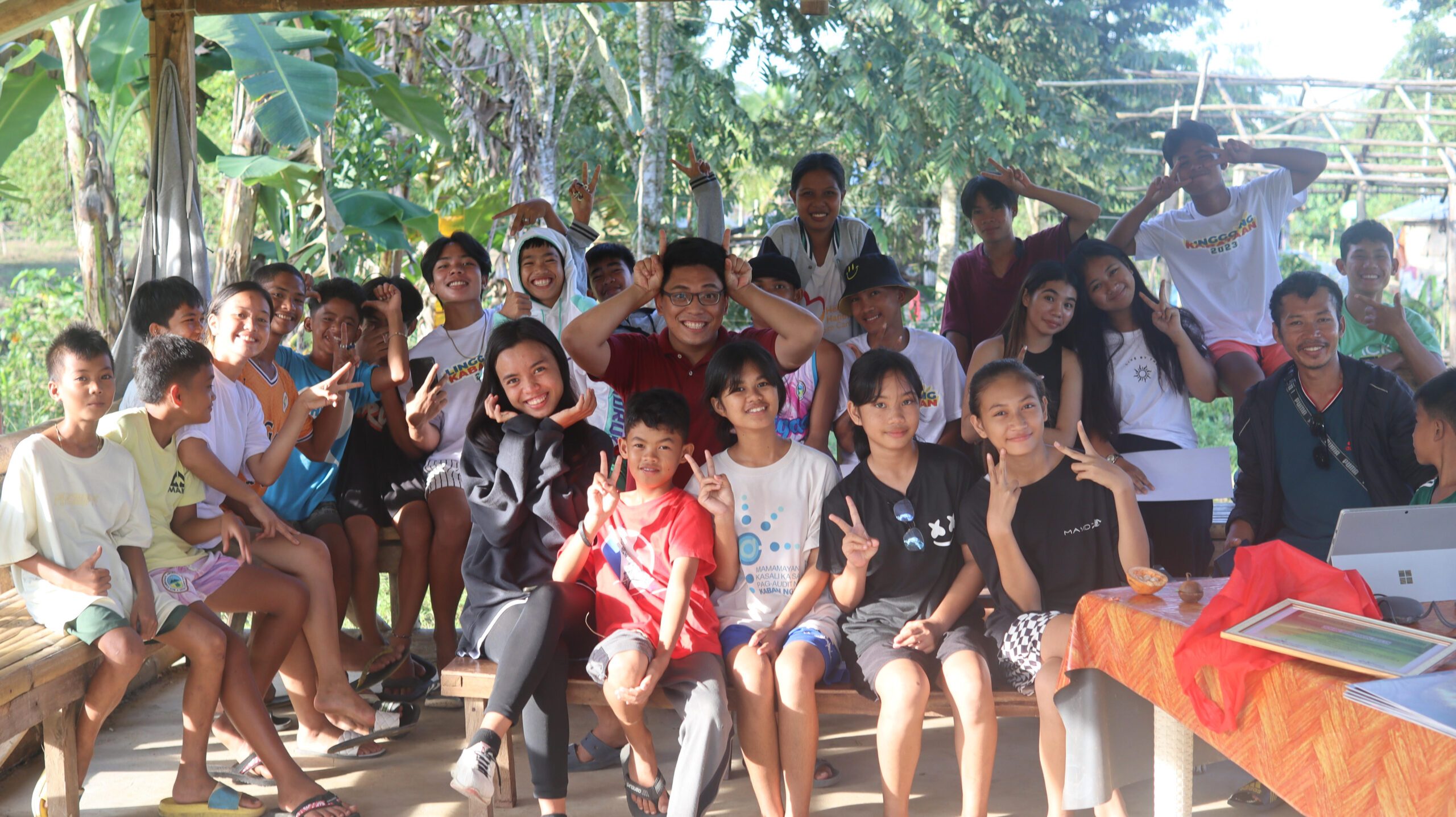
While most of his travel funds come from his personal savings and earnings from selling his pop culture collectibles, he said that supporters of his advocacy were a big help as many gave him a place to stay – even as he insisted on paying – or showed him around in his travels.
2023 was his most prolific year in travel and documentation, having visited 20 provinces. He plans to continue his advocacy in raising awareness on Philippine ingredients. He is happy that many of the ingredients he featured in his page have reached mainstream consciousness, with some even included in a Netflix series.
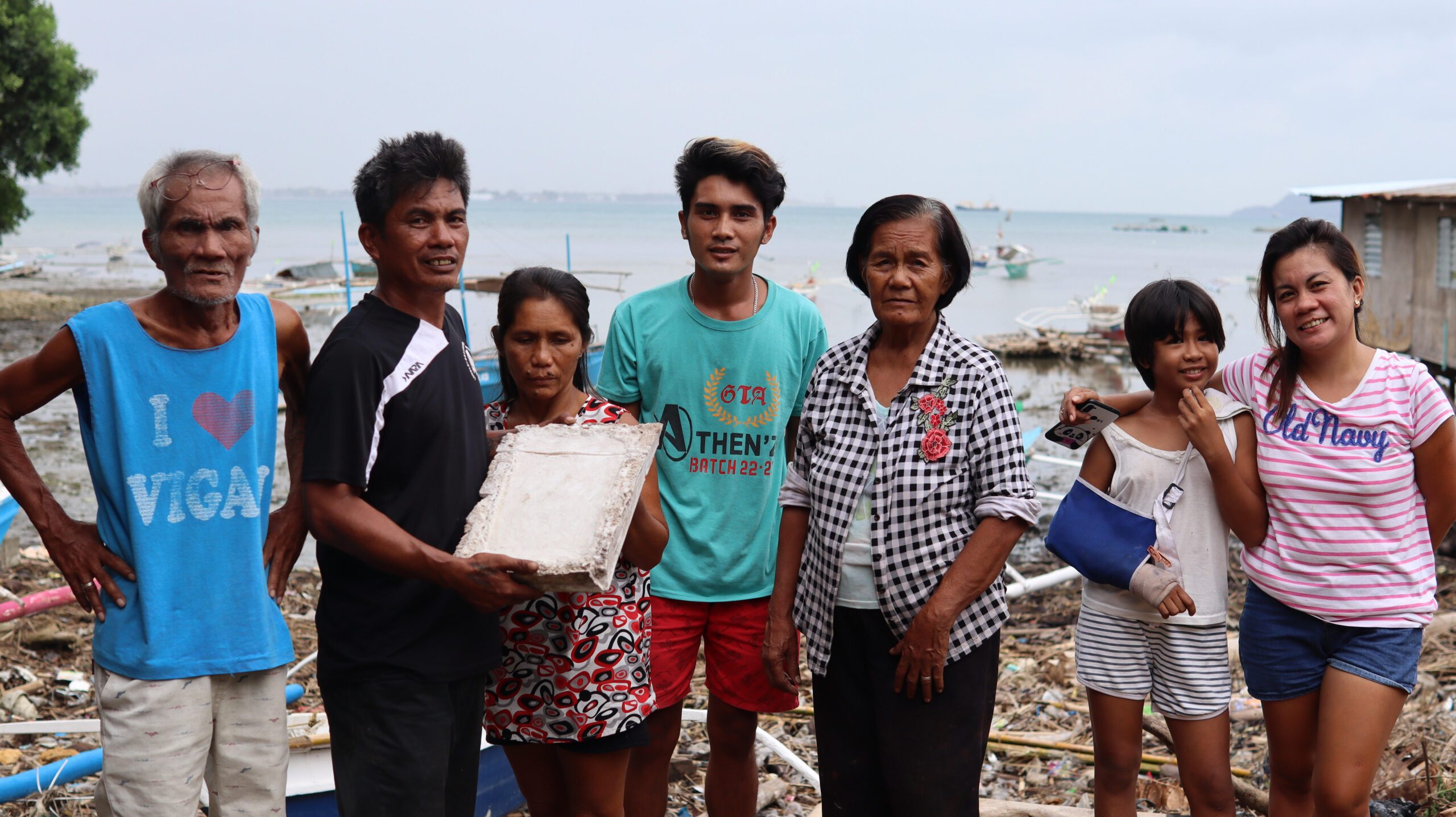
As he continues in his advocacy, he said that his next goal is to publish a book that “encapsulates our food heritage and biodiversity.” He will be narrowing the thousands of edibles into 100 Philippine ingredients and food items from Luzon, Visayas, and Mindanao.
“It’s not going to cover every resource our country’s got, but it will be a colorful tapestry of Philippine cuisine,” he said in excitement.
See Sherwin’s documentation of Philippine ingredients in his Lokalpedia page.
Marco Puzon, visited all 1,634 cities and municipalities of the Philippines
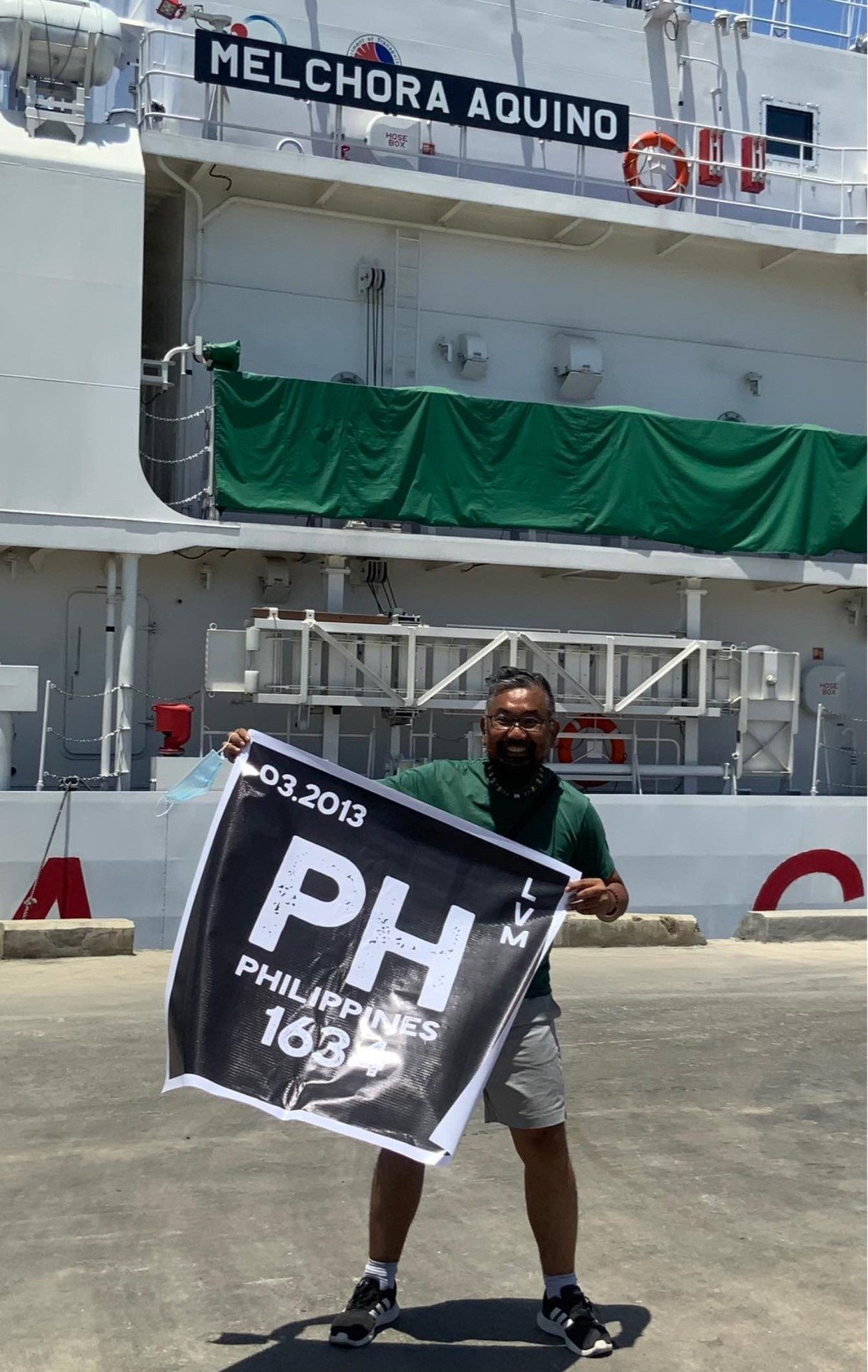
Visiting the Philippines’ 82 provinces is many a Filipino adventurer’s dream. However, Arvid Marius “Marco” Puzon went beyond this usual goal by visiting all 1,634 cities and municipalities of the country, a personal quest he named 1634 PH. He is the first person to accomplish this feat.
Initially, Marco had just planned to visit all the Philippines’ provinces, but when he was on his 73rd (Surigao del Sur) and was facilitating a workshop in Barobo, he thought it did not feel right to tick off this province from his list when he just went to “a single town far from the capital.”
In 2013, when Marco’s job at a mining company was rendered redundant, he used the sudden free time to officially begin his 1634 PH journey. He went on several days of travel, or what he called “sorties,” to cover many municipalities in one trip. He started with places in Luzon, and documented each city and municipality in a detailed Excel sheet.
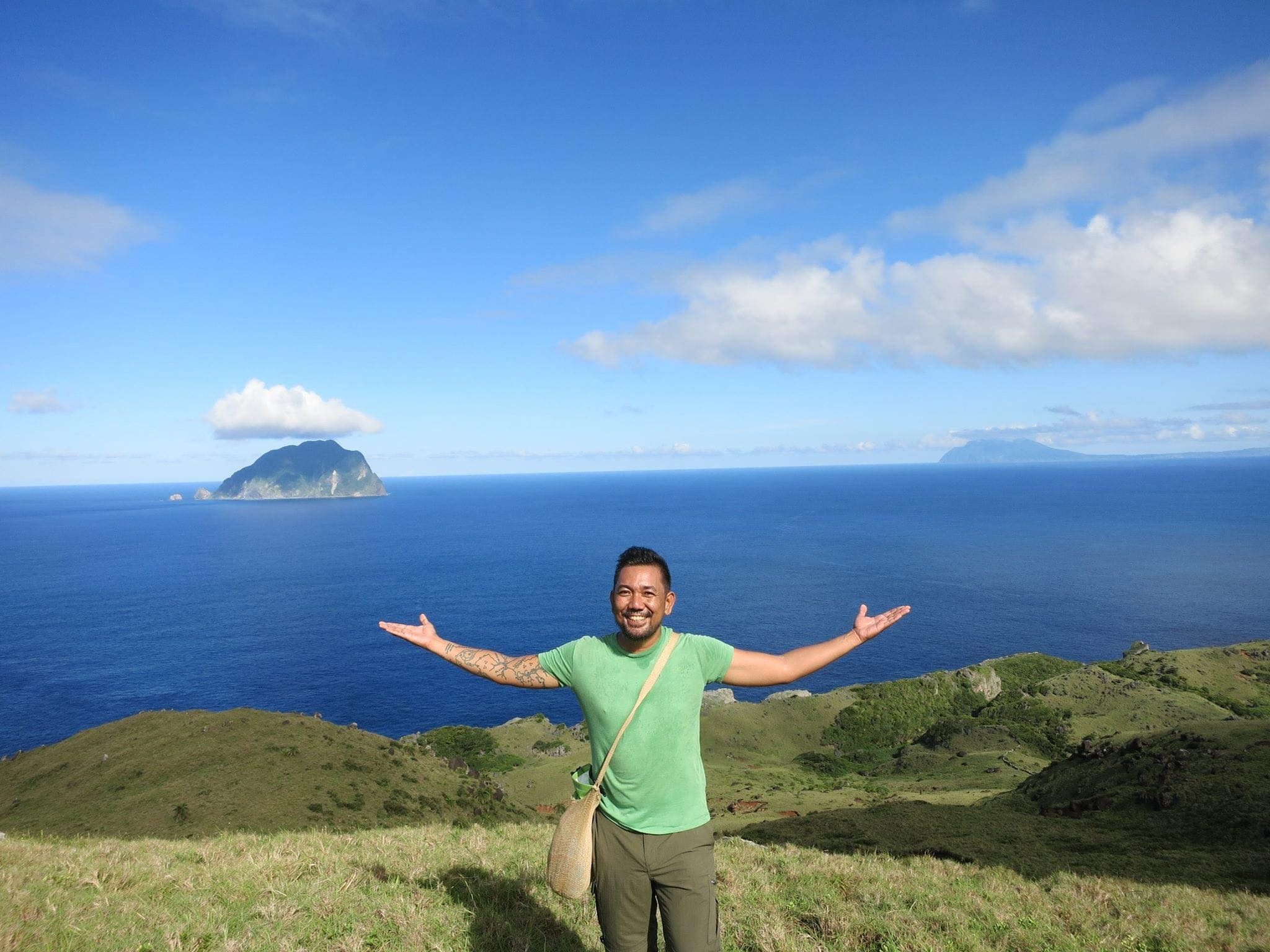
Marco’s criteria to tick off a city or municipality is to visit, at the very least, “the plaza mayor (city/town square) and the structures, monuments, historical markers, and novel points of interests around it.”
The friends and connections Marco gained over the years, especially in his experience as a tour guide and his consultancies in NGOs, helped him reach places tourists would usually find hard to visit.
Marco had set a target to complete all 1,634 cities and municipalities within 10 years, and with just seven remaining municipalities to visit in 2020, he was going to finish ahead of schedule. However, the COVID pandemic lockdown abruptly halted his travels. And, with the sudden airport closures, he was stranded for three months.
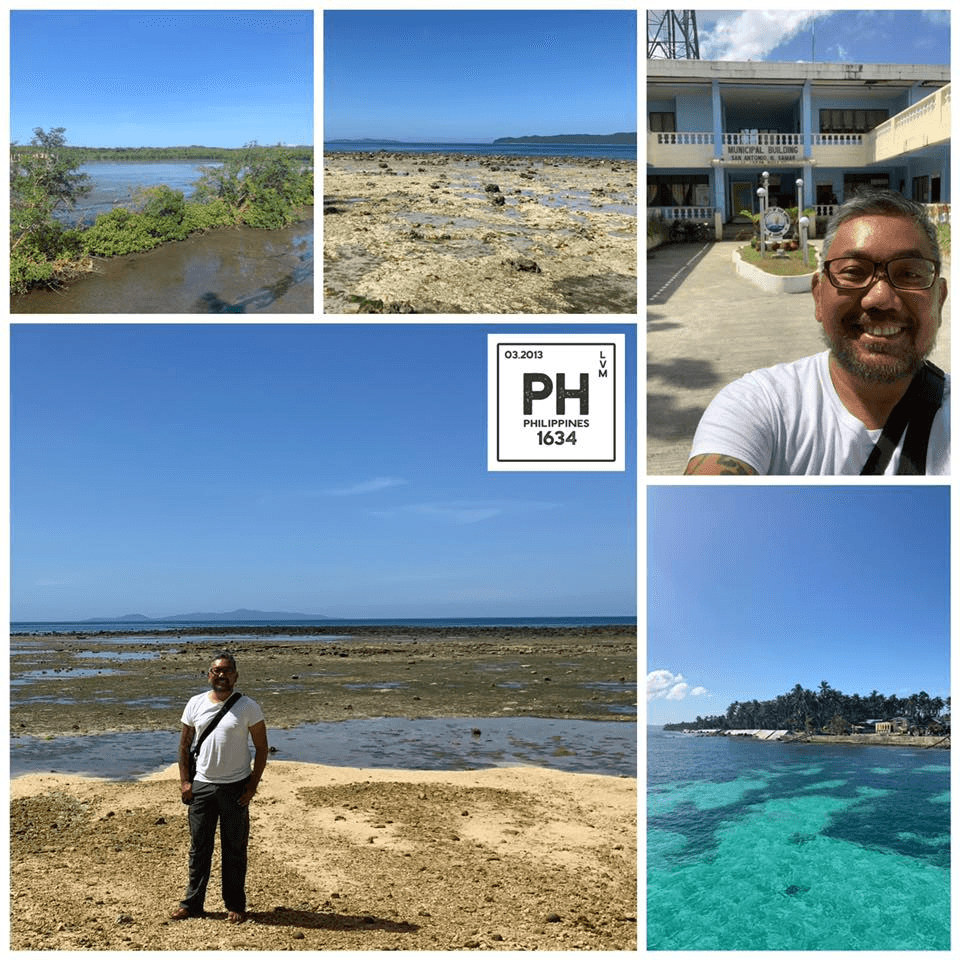
When the COVID restrictions were lifted, Marco still found the logistics of going to Kalayaan, Palawan challenging. The municipality is part of Spratly Islands, a source of territorial tension between Philippines and China. Marco had written to the local government and to different government agencies before the pandemic, but was not able to secure a trip even in 2022.
Marco resigned himself to only completing 1,633 – one municipality shy of his target, until Kalayaan’s local government informed him of the first expedition open to tourists in March 2023. Joining this organized trip allowed him to finish his 1634 PH quest on schedule.
He felt “very elated, almost being moved to tears” when he set foot on Pag-asa Island.
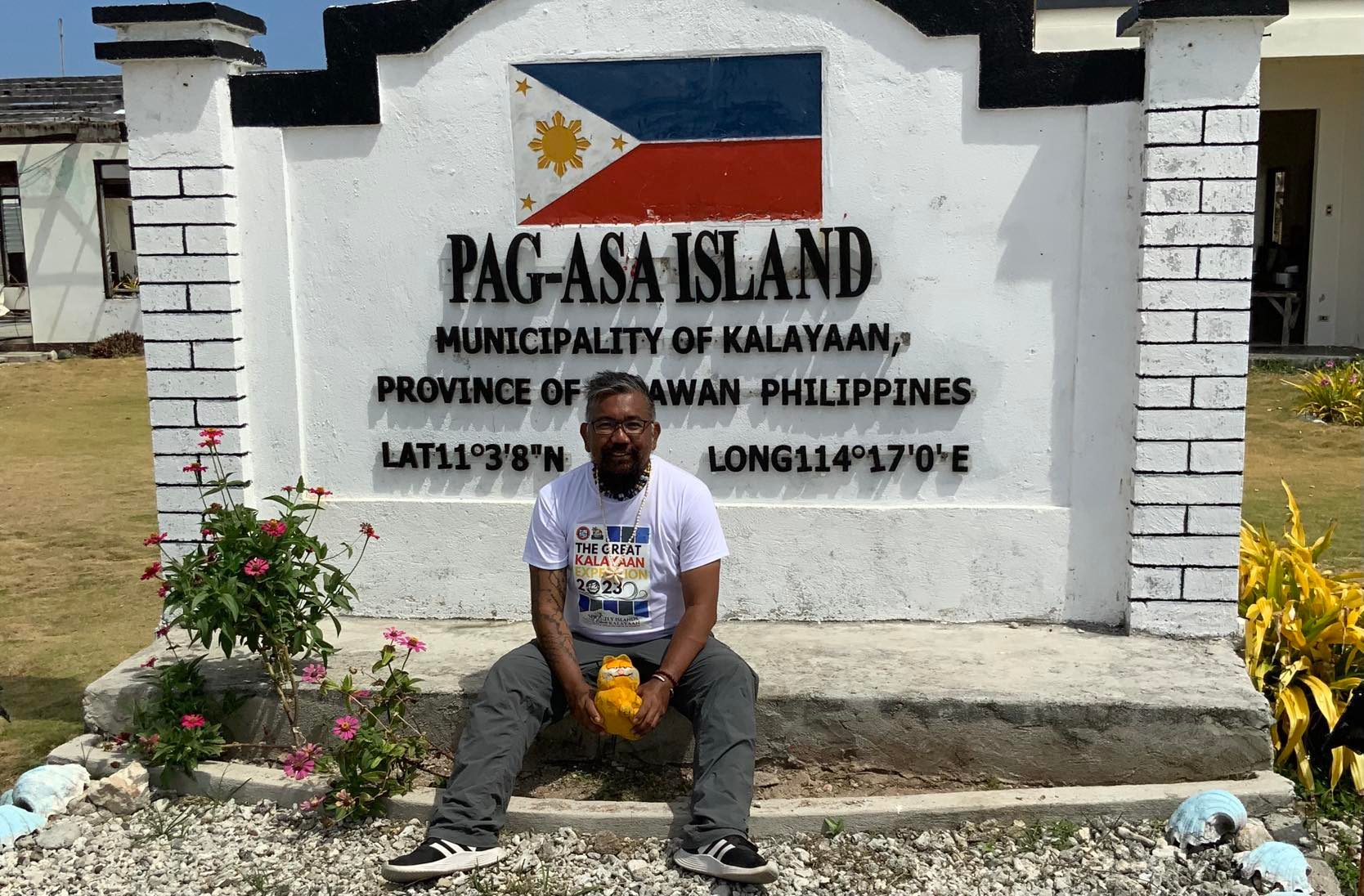
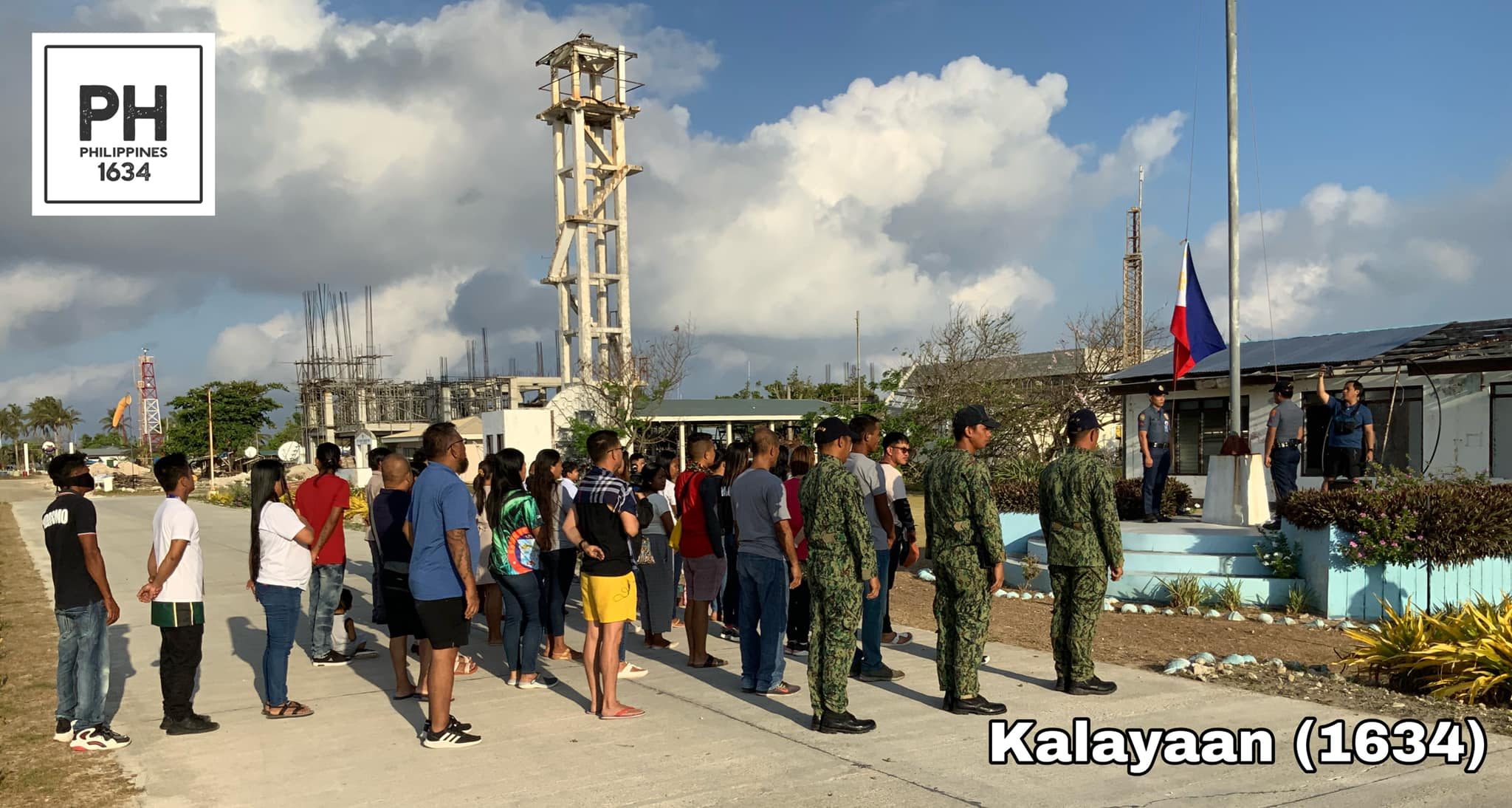
“1634 PH is an ‘insane’ life goal that I have thankfully achieved with the assistance of hundreds of people nationwide. I have learned so much, evolving from who I was from No. 1 (San Ildefonso in Bulacan) to who I am now after No. 1,634 (Kalayaan in Palawan), and each number in between is a treasure,” Marco said.
With his completion of 1634 PH, Marco remains humble and in wonder of the Philippines.
“There are still so many places to see [in our country],” he said, adding he is not keen to go on an overseas quest just yet. Inspired by a New Zealand-based cartographer and as an offshoot to his 1634 PH quest, he has just visited his 85th of the Philippines’ 100 biggest islands. Also, one of his planned future trips is returning to some memorable places for him in Mindanao.
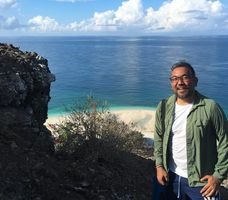
Read more about Marco’s 1634 PH adventure in this article and check out his Facebook page.
Their tips for your adventure this 2024
To encourage you to set off on your own adventure this year, these travelers share these insights from experience.
If you don’t know where to start:
Explore your city/town first. There are gems waiting to be discovered, right where you are. Marco encourages fellow Filipinos to explore where they live first. He recounts that his guide in Sto. Niño, Samar, for example, was happy to see places even he as a local wasn’t able to go to before he accompanied Marco.
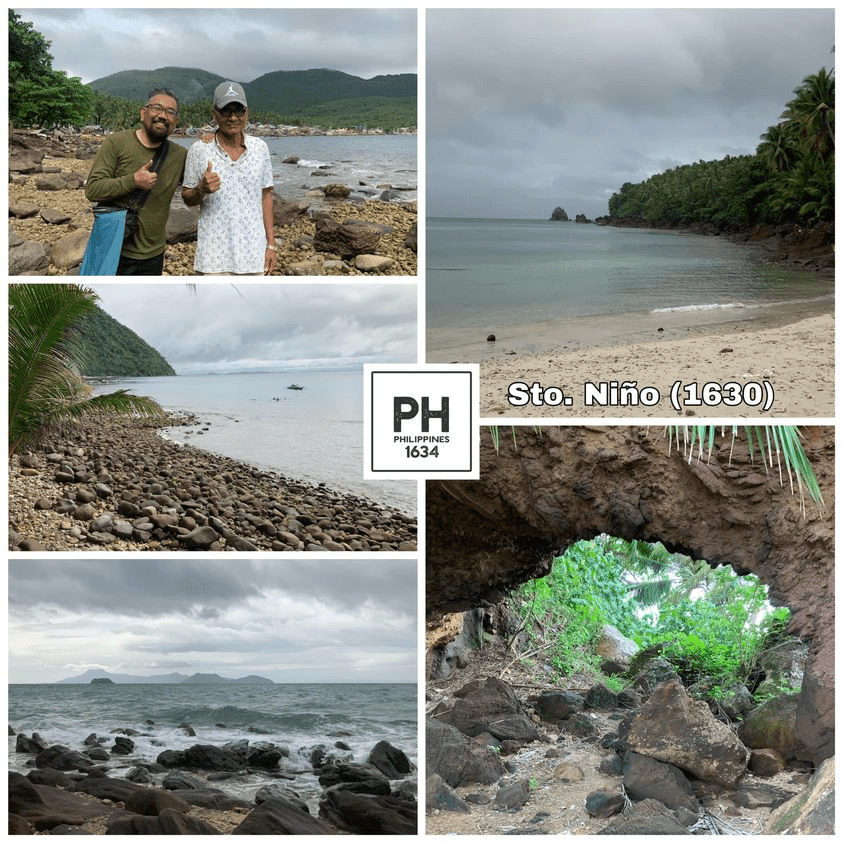
If you want to have a smooth trip with few hassles, if any:
Research then plan your trip based on it. Marco advises to be prepared. “Ensure you have more than enough resources for a trip,” he said. He also said to consider safety in planning, which relates to his next advice below.
Coordinate with the local government, especially in off-the-beaten-path areas. “I have learned to trust local information more than what I see online,” Marco revealed. To places not readily accessible to tourists, Marco says it is essential to contact local authorities in advance.
Safety first. Take safety precautions for your trip. Marco added not to forget to tell your mother – or loved ones – where you are and that you’re safe.
Be aware of your priorities, especially in your budget. To ensure his travel fund goes a long way, Sherwin only stays in budget accommodations like guest houses. For him, “The real adventure is out there, not in your room.” He advises: “Don’t linger too long in your resort or hotel.”
If you want to have a meaningful trip:
Go where the locals go. Eat local food, go to the local market, travel to places recommended by locals – seek local experiences.
Sherwin especially recommends going to the public market.
“[It] is the hub of local produce and artisanal goods. But the most wonderful thing about a public market is its ability to bring people from different ethnic, cultural, and socioeconomic backgrounds together. All in all, a public market is the heart and soul of a community. So don’t skip palengkes,” he advised.

In relation to this, Marco advised “not to get caught up by monickers like Boracay of the North, Switzerland or New Zealand of the Philippines. Accept places as they are.”
Make connections. Talk and spend time with the locals to make for an unforgettable trip. After finishing his 1634 PH quest, Marco shared what remains most important for him: “It is not the place but the people I have met and the links that I have formed.” He recounted strangers opening their homes to him, boatmen and motorbike drivers sharing their stories of struggle, and Philippine troops missing their loved ones back home, among others.
Similarly, Sherwin said: “The moments that stand out for me are always the ones spent with the locals. It’s a whole different level of experience compared with just watching it on a travel vlog or reading online. Documenting enabled me to forge unique connections. It’s a diverse mix – farmers, fisherfolk, cooks, artisans, salt makers, you name it.”
Choose liberating experiences. ”When I was younger, I would tell people to just take the leap and go, as if it were that easy, “ Celine mused. “As years go by and our work became deeper, I now understand that it takes certain kinds of privileges to travel and pursue passions. Having said that, I’ve always believed that traveling should be liberating.
“So go look for and create experiences that would liberate you, that would take you outside of yourself and into the healing power of nature, community, and cooperation,” she encouraged. “And then, continue to embody this sense of liberation in ways like being mindful of your trash, being respectful towards the locals, and making sure that you support destinations that benefit the community and not exploit them.”
Be flexible and open to possibilities. Sherwin said to be prepared “not just for the social media-worthy moments, but the messy, unplanned hiccups, too.” As an example, he said he had his heart set on certain foods or ingredients, only to find out they were not available that time. Being open, however, prompted him to a “detour that led me to something equally amazing.”
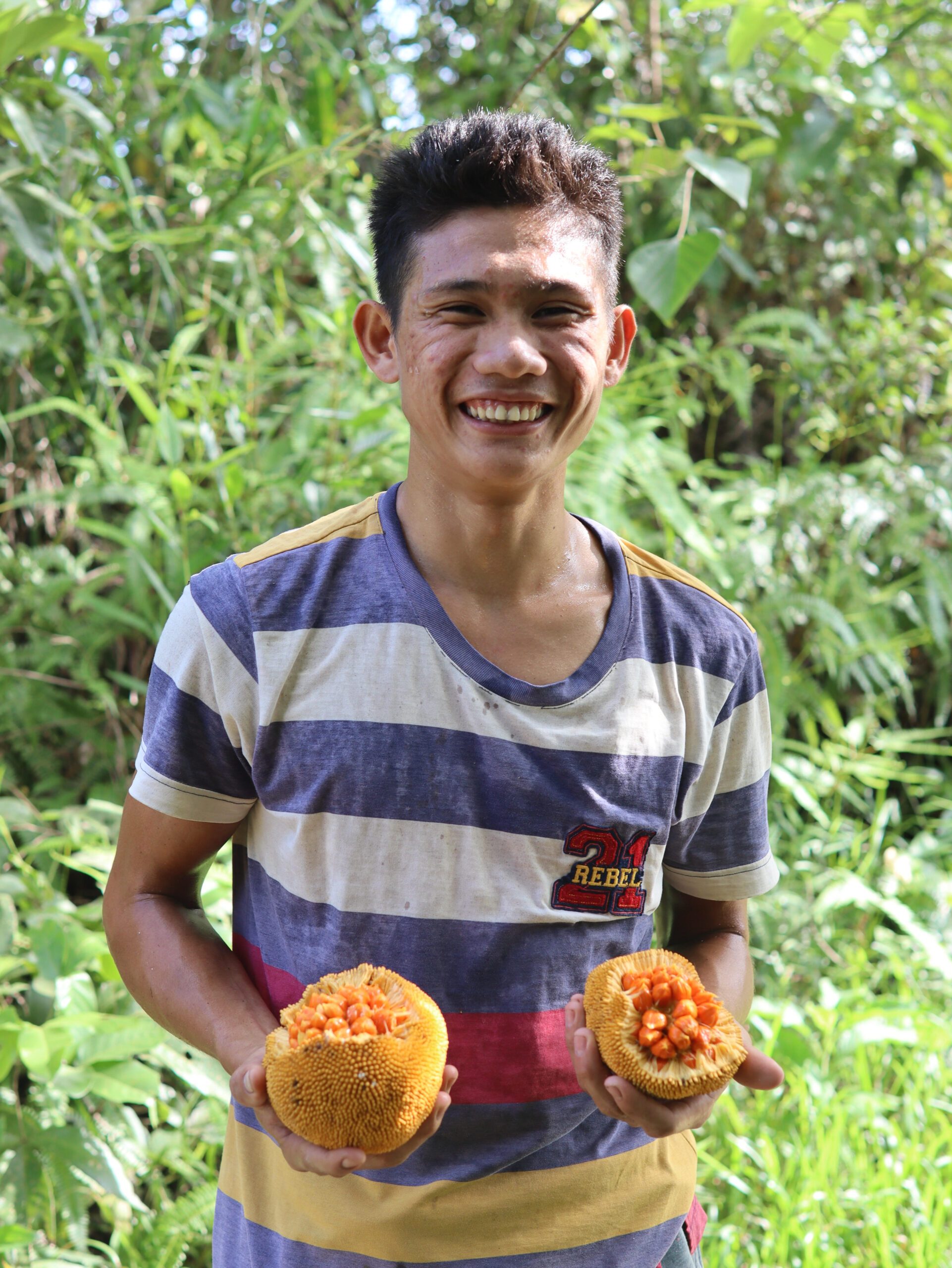
Pay it forward. “If you ever get to achieve your goals, there is no greater pleasure in expressing gratitude and returning favors to those who helped you along your way, and helping others reach their own life goals and not just travel goals,” Marco said.
So when you set off on your own adventure, be willing to help others who are dreaming of their own, too.
If you want to make travel your lifestyle:
Find opportunities to fund your lifestyle. While grants help fund their biodiversity advocacy, Celine and Dennis’ remote work pay for their expenses. Celine says it is important to be on the lookout for opportunities. She also accepts speaking engagements and does part-time training facilitation for climate awareness.
Dedicate a block of time for mastering your craft. If this is work that will especially support your travels or is related to travel, Dennis says to “spend at least two hours a day on it to bring you closer to your dream.” Dennis himself had been taking landscape photos for several years before he went all-in in their camper van adventure.
– Rappler.com
#ShareAsia highlights the best and most sought-after experiences in the Asia-Pacific region. It’s a content and resource hub for tourists and locals alike seeking new, exciting experiences in the region.
Add a comment
How does this make you feel?







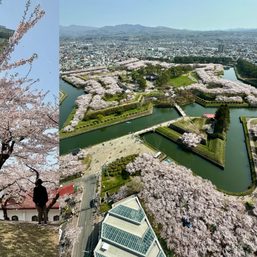
![[Ilonggo Notes] Guimaras: Geared up for success](https://www.rappler.com/tachyon/2024/05/Ilonggo-Notes-Guimaras-May-6-2024.jpg?resize=257%2C257&crop=298px%2C0px%2C720px%2C720px)
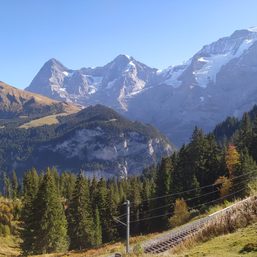
There are no comments yet. Add your comment to start the conversation.